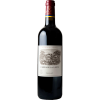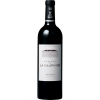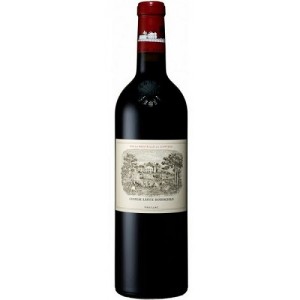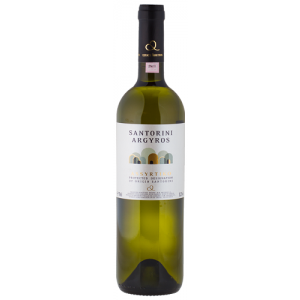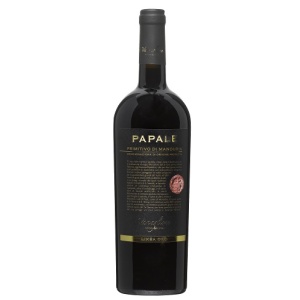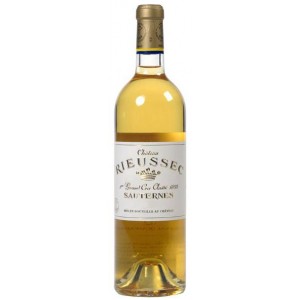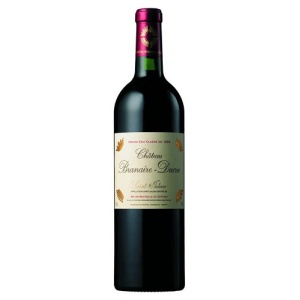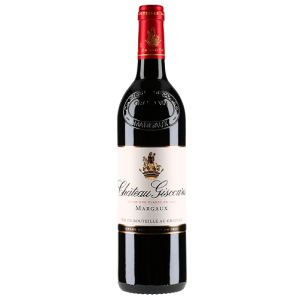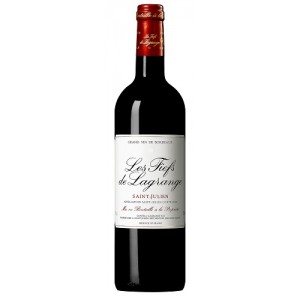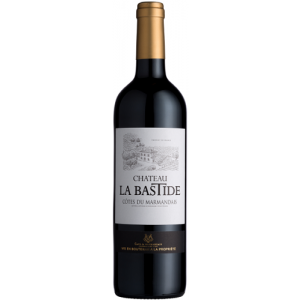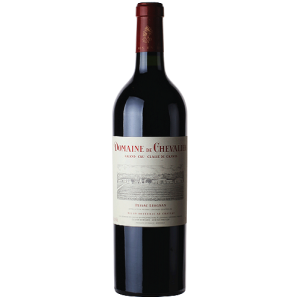Lafite Rothschild 2018
€ 895,00
James Suckling: 99-100; Wine Advocate: 98-100; Wine Cellar Insider: 98-100; Decanter: 98-100
Uitverkocht
Lafite-Rothschild – Pauillac – Premier Grand Cru Classé
- Wine Advocate – Lisa Perrotti-Brown (98 – 100)
The 2018 Lafite Rothschild is blended of 91% Cabernet Sauvignon, 8.5% Merlot and 0.5% Petit Verdot and has 13.3% alcohol. The Merlot was harvested September 17-24, the Cabernet Sauvignon was harvested September 25 to October 5, and the Cabernet Franc was harvested on September 24. It has a deep purple-black color and then WOW—what a nose. It comes sashaying out of the glass with bags of grace and perfume, revealing notions of lilacs, red roses, fragrant soil, cinnamon stick and Morello cherries with a core of blackcurrant cordial, fresh black plums, redcurrant jelly and tapenade plus a waft of iron ore. Medium-bodied, the palate has wonderful, tightly wound layers of black, red and blue fruits intermingled with floral, earth and mineral notions and a rock-solid frame of the most finely pixelated tannins you can possibly imagine. Anyone who wants to see what I mean when I babble about the Lafite tannins needs to try this benchmark. The finish goes on, and on, and on. If this wine doesn’t get Bordeaux lovers hearts’ racing, nothing will.
“2018 was like a difficult child to begin that turned out to be a genius,” Lafite’s Technical Director Eric Kohler informed me, hardly able to contain his excitement about this vintage. “The finish to this vintage was so perfect in terms of maturation!”
“It started out really wet—more wet than rainy,” Kohler continued. “On the Right Bank and Sauternes, they got more rain. Same with Margaux. There was a lot of mildew pressure. Here at Lafite, the pressure from the mildew was lower than the Right Bank or Sauternes. We lost less than 5% here. We are close to organic with our farming, but not entirely. We were able to control the situation.
And then from mid-July it became very dry and very hot. This was the hottest summer since 2003. Of course, it was not as extreme as 2003. This is why the potential of the terroir was very important. What is a great terroir? It is a terroir that can compensate for the excesses of the vintage. The terroir must have the capacity to behave like a sponge—to retain or give water. The sponge of clay that we have at Lafite regulated the excess of the vintage. This year instead of the humid wind from the west we got a dry wind from the northeast. So, there was no risk of botrytis as harvest approached. 2016 and 2018 are like two brothers, the former easier to manage, the latter more trouble and potential excess, but very great in the end.”
Kohler also commented, “Duhart-Milon does not have the clay/water holding capacity of Lafite, but a little rain at the end of August/beginning of September got the vineyard through. The Merlot performed very well—Duhart-Milon might just have better terroir for Merlot than Lafite. Duhart-Milon is very opulent this year. For the dry whites, it was a very hot summer and so maybe the dry whites will not be so aromatic.”
- The Wine Cellar Insider – Jeff Live (98-100)
2018 Lafite Rothschild – The color matches a long obscured ruby jewel. The initial sip shows its sophistication, grace and refinement and there is an extraordinary purity in the fruit. Before taking a second sip for confirmation, you’ll find tobacco, lead pencil, cedar, flowers, cherry pipe tobacco and if you dig really deep, you’ll discover a subtle essence of orange in the background. On the palate, the wine is supple, silky, long and focused. Precision is an often misunderstood term used by wine writers. 2018 Lafite Rothschild is the poster child for precision in a wine. Never the most powerful of the First Growths, instead here, you find a wine of perfect balance, elegance and harmony with a unified, seemingly endless finish. Produced from a blend of 91% Cabernet Sauvignon, 8.5% Merlot and .5% Petit Verdot, the wine reached 13.3% alcohol with a pH of 3.73. The Grand Vin represents 40% of the harvest, which took place September 17 to September October 4. 98-100
- James Suckling – (99-100)
A very compact and linear Lafite with a fantastic mouthfeel of intense but ever so refined tannins that draw a straight line through the middle of the wine. It’s full-bodied yet compact with complex character of plums, blackcurrants, cigar tobacco, cedar and hints of hazelnuts and coffee. Salty. Orange zest at the end. Delicacy with power. Richness with softness. Glamorous. Lasts for minutes at the finish.
- Decanter – Jane Anson (98-100)
This is silky and delicious and juicy, not something you can often say about a Lafite En Primeur sample but before you even get close to tasting the wine you can feel the layers building.
It has the precision, the freshness and the sense of effortless elegance that Lafite always conveys with lots of power and depth, deep black fruits on the nose and a mix of spices from rosemary to saffron on the palate.
Is it better than the 2016? It’s hard to say at this stage but it certainly feels its equal, although differently constructed and unlikely to take as long to come around – think 10 rather than 14 years before reaching its drinking window.
It’s worth adding that very few wines have been so unmarked by the extremes of the vintage, or as technical director Eric Kohler puts it; ‘Even after 25 years of working at Lafite I continue to be full of admiration for this terroir. Other plots that we own reacted to the heat at times, but Lafite just kept sailing on as usual’.
The harvest took place between 17 September and 5 October, with a yield of 40hl/ha. 40% of the production went into the grand vin. 3.75pH which is classic for them. 74IPT.
| Huis | |
|---|---|
| Specifiek | |
| Kleur | |
| Land | |
| Streek | |
| Substreek | |
| Classification | |
| Oogstjaar | |
| Druivenrassen | |
| Inhoud |
Gerelateerde producten
Cycladen
Bordeaux 2011
2018
Eigen Import

